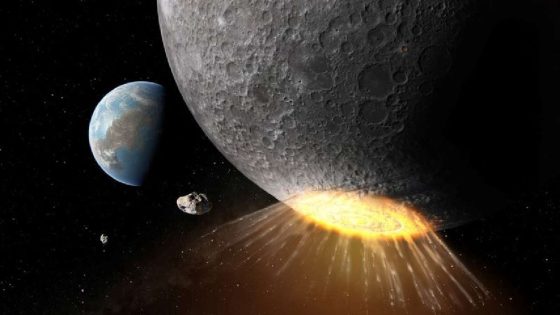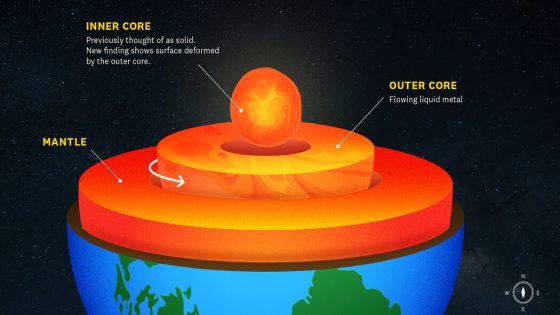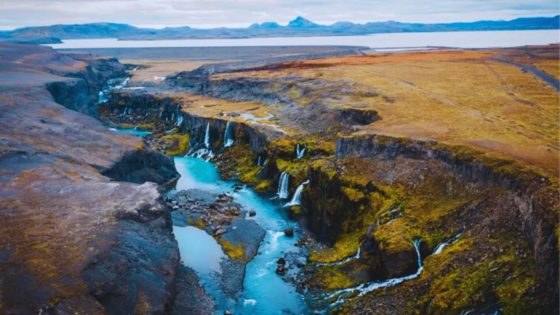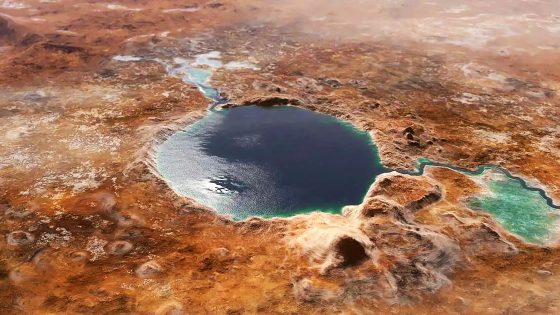A supercomputer simulation reveals a startling vision of Earth’s future, predicting a time when mammals, including humans, may face extinction. Researchers at the University of Bristol project that in 250 million years, a new supercontinent, Pangaea Ultima, will form, bringing extreme temperatures and volcanic chaos that could reshape life as we know it.
- Supercomputer predicts future supercontinent formation.
- Pangaea Ultima may lead to extreme temperatures.
- 92% of land could become uninhabitable.
- Mammals face survival challenges from heat.
- Humans might adapt or colonize other planets.
- Earth has experienced mass extinctions before.
What Will Happen When Earth’s Continents Merge Again?
Could we really face a future where most of Earth becomes uninhabitable? The simulation suggests that as continents merge into Pangaea Ultima, temperatures could soar above 104°F, making vast areas deserts. This alarming transformation poses severe challenges for mammalian survival.
How Will Pangaea Ultima Affect Mammalian Life on Earth?
The formation of Pangaea Ultima will drastically alter the planet’s climate and environment. With 92% of land potentially becoming inhospitable, only polar and coastal areas may remain livable. Here are the key factors contributing to this grim scenario:
- Extreme heat exceeding 104°F across much of the land.
- Increased volcanic activity releasing carbon dioxide, worsening the greenhouse effect.
- A brighter Sun, which will further intensify heat levels.
- High humidity that could prevent mammals from cooling down.
Could Humans Adapt or Escape This Harsh Future?
If humans survive to see this future, adaptation will be crucial. Some scientists speculate that future societies might develop heat-resistant traits or live underground. However, another possibility is that humanity could colonize other planets or find ways to terraform inhospitable regions on Earth.
Lessons from Earth’s Past Extinctions
While the vision of Pangaea Ultima is daunting, it’s not the first time Earth has faced mass extinction. Previous supercontinent formations have led to widespread die-offs, yet life always found a way to rebound. This history reminds US that while challenges are inevitable, resilience is part of Earth’s story.
In conclusion, while the formation of Pangaea Ultima is millions of years away, the forces shaping our planet today—climate change, tectonic shifts, and greenhouse gas emissions—require our immediate attention. How will we adapt to ensure a livable future?

































